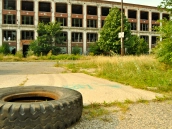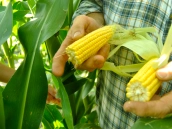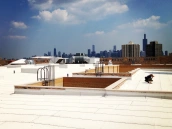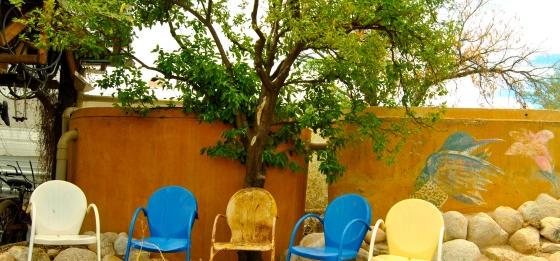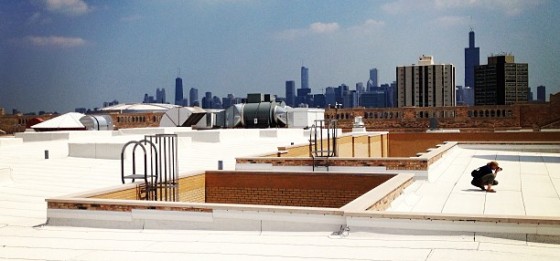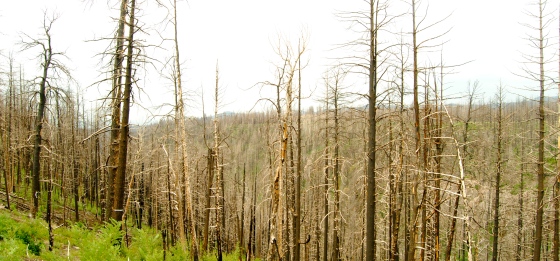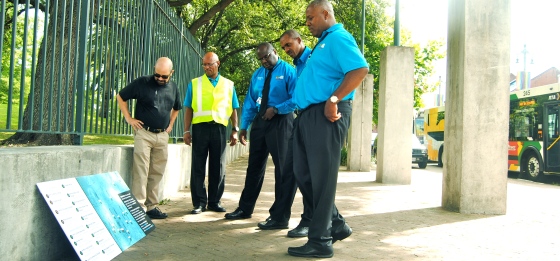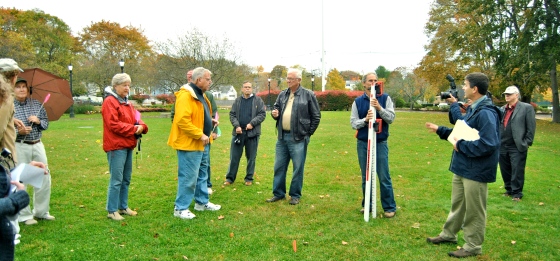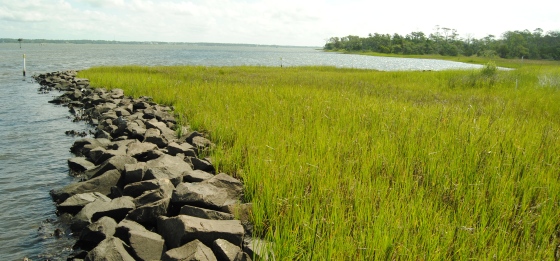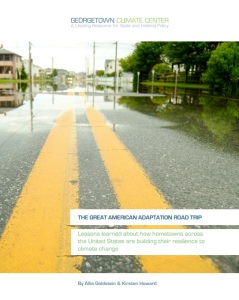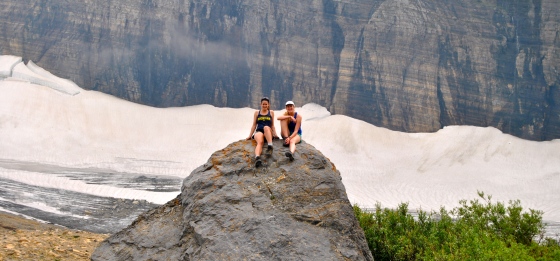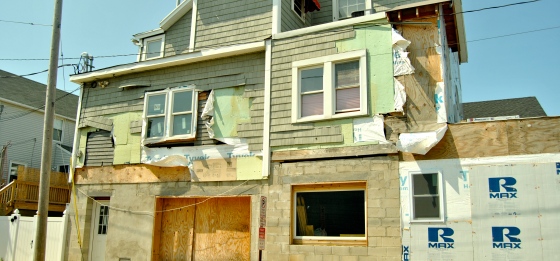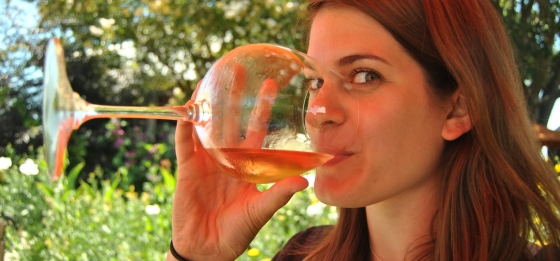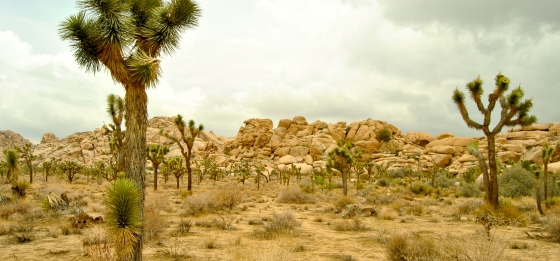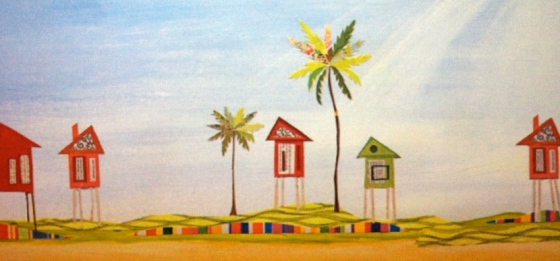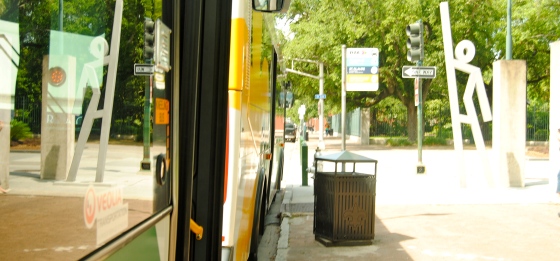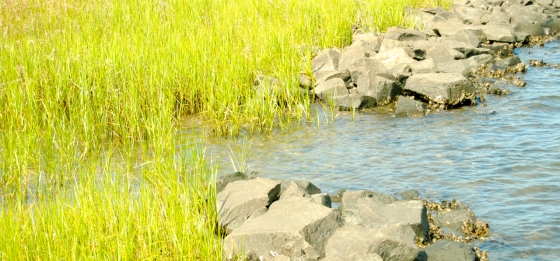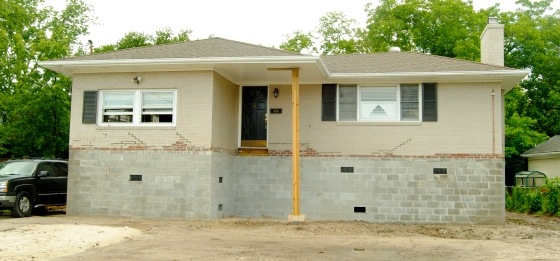Chapter 7 from our report summarizing the lessons we learned on the Great American Adaptation Road Trip. We partnered with the Georgetown Climate Center to get this to you. This is the last chapter! We hope you learned something. (We sure did.)
Stories are magnetic. They draw people in and bring them together. They can impart knowledge and inspire action. And yet they have been underutilized in climate change communication, despite much research indicating that they could be helpful. When we came up with the idea for the Great American Adaptation Road Trip, we wanted to explore the hypothesis that stories about climate resilience could reach audiences that scientific climate reports and city adaptation plans were not reaching. After three months on the road, we think we gathered enough qualitative evidence to indicate that this is true, based not only on the wide reach of our stories but also on the many community members we met who are, in fact, using storytelling techniques to get their messages out.

Stories are everywhere. Even at the wastewater treatment plant in Grand Rapids, MI! You just have to look for them.
Our ‘adaptation stories’ are composed of a few simple elements. Each story focuses on a specific climate impact and specific responses—such as a technology or a public process or a management plan—that in some way builds resilience to the climate impact. The adaptation story is grounded in place, because if there’s one theory we confirmed pretty quickly, it’s that people care about the places they live and regardless of whether they are concerned about the global problem of climate change, they are often very invested in improving and protecting their own backyard. An adaptation story is illustrated with striking visuals or multimedia. It includes an accessible, thoughtful depiction of available climate science, directly from a scientist, if possible. Most importantly, it is peopled with characters who, through quotes, tell much of the story in their own words, humanizing these serious challenges and the corresponding solutions.

Queen Quet tells us the story of how her grandfather used to put oyster shells back on the reefs to keep them healthy.
Storytelling is an act of documentation, but it is also one of envisioning. Stories are a way to make sense of and learn from the past, but they are also a powerful way to chart the future—to imagine what a neighborhood or a city or a farm could look like and then build that vision. That is why we think stories are an ideal format to communicate how people and places are using their wits and resources to build resilience to the impacts of climate change—because climate change is inherently about looking at the past we have built while imagining the future we need.
Many of the most driven, effective people we met on the trip were natural storytellers. Mike Hayman, a self-taught arborist in Louisville, Kentucky, can tell you the individual stories of dozens of the trees he helped plant in his neighborhood. The leadership committee members of Evacuteer, a New Orleans-based nonprofit that is using art to aid city-assisted evacuation, tell their personal horror stories from Hurricane Katrina to establish the ‘never again’ sentiment that propels their emergency management work. Dan Hansen of DuPont Pioneer, an international seed company, uses demonstration plots to tell the history of corn leading up to new, highly drought-resistant varieties.
People on the front lines of climate change use stories as guiding rudders, as a way to connect
with others and share ideas. Julia Kumari Drapkin, a journalist who founded a media project called iSeeChange that connects citizen observers with climate scientists, found that stories are also a way to get important scientific information into the right hands. As she began collecting stories from citizens, she recognized that they are noticing changes occurring, but may not have access to information about why, and what it means for the future.
“As we started doing these question-and-answer stories, we found more often than not, citizens are seeing the same things that scientists are seeing. The difference is they’re not writing papers about it—citizens are making decisions,” Drapkin said.
